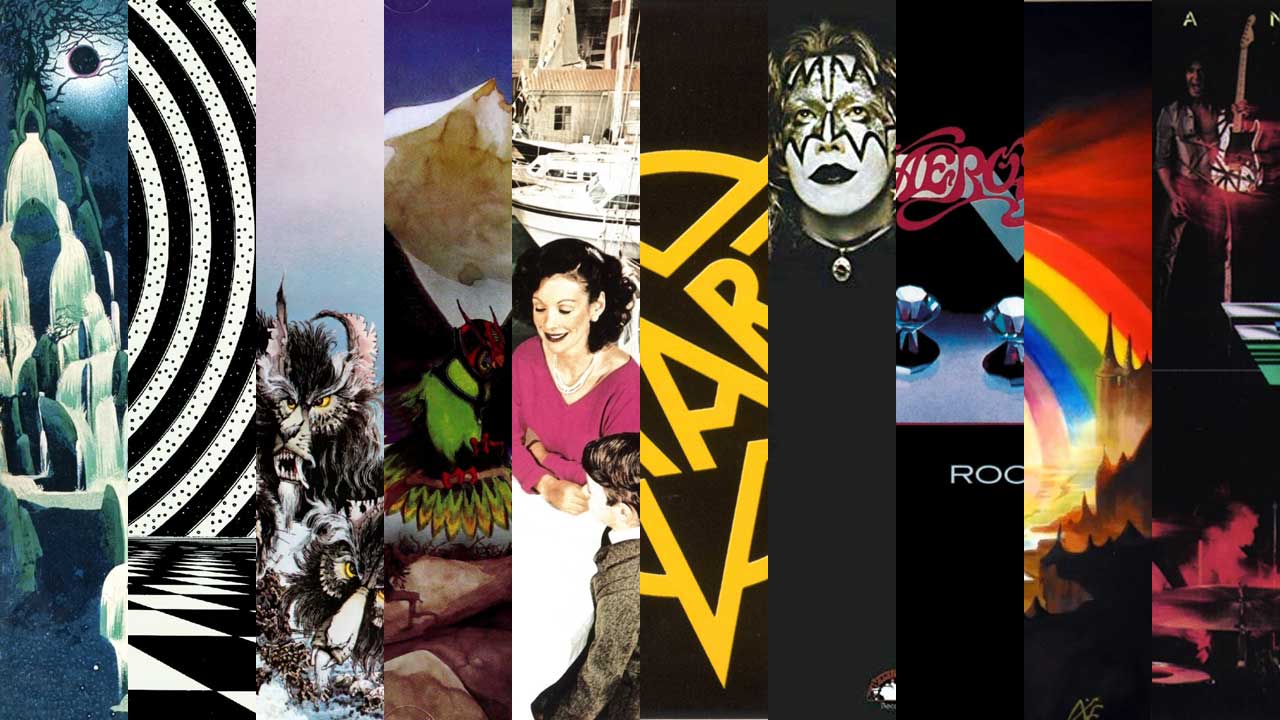
Ever stop to think about the letters we use every single day? We type them, write them, and read them, often without a second thought to the incredible stories they hold. But what if we told you that the very first letter of our alphabet, the humble ‘A’, has a history so rich and a presence so diverse, it might just blow your mind? It’s not just for ‘Apple’ anymore, folks!
Get ready to embark on a journey through time and across cultures, all centered around this alphabetical superstar. From its ancient pictographic roots to its bewildering array of sounds in modern English, ‘A’ is far more than just a simple character. It’s a linguistic chameleon, a historical record keeper, and a silent workhorse that underpins countless aspects of our communication.
So, buckle up, because we’re about to peel back the layers of this fascinating letter. We’ll explore its origins, its dramatic transformations, and some truly unexpected ways it impacts our world. You’ll never look at the letter ‘A’ the same way again after this deep dive into its epic, multifaceted life!

1. **The ‘A’ You Know: The First Letter & Vowel of the Latin Alphabet** Let’s start with the basics, shall we? At its core, ‘A’, or ‘a’, holds the prestigious title of being the first letter and the first vowel letter of the Latin alphabet. This foundational position means it’s a staple in the modern English alphabet, alongside countless others used worldwide. When we say its name in English, it’s pronounced ‘AY’, and if you’re talking about multiple ‘A’s, you’d refer to them as ‘aes’. Pretty straightforward, right?
Interestingly, its shape isn’t just a random design. The letter ‘A’ bears a striking resemblance to the Ancient Greek letter ‘alpha’, and that’s no coincidence – it actually derives from it. If you look at the uppercase version, you’ll notice it cleverly consists of ‘the two slanting sides of a triangle, crossed in the middle by a horizontal bar’. It’s a design that’s both simple and iconic, instantly recognizable across languages and cultures.
But here’s where it gets a little more nuanced: the lowercase ‘a’ often appears in one of two distinct forms. You might be familiar with the ‘double-storey |a|’, which is common in many printed materials. Then there’s the ‘single-storey |ɑ|’, which is ‘commonly used in handwriting and fonts based on it’. This single-storey form is especially prominent in ‘fonts intended to be read by children’, and you’ll also spot it frequently in ‘italic type’. It’s a subtle difference, but it highlights the letter’s adaptability.
The name itself in English, as mentioned, carries ‘the long A sound, pronounced [eɪ]’. However, a quick linguistic trip around the world reveals a different trend. In ‘most other languages’, the name of the letter conveniently ‘matches the letter’s pronunciation in open syllables’. This means while we might say ‘AY’, many others pronounce its name closer to the /a/ sound it often represents, making it a truly global sound.
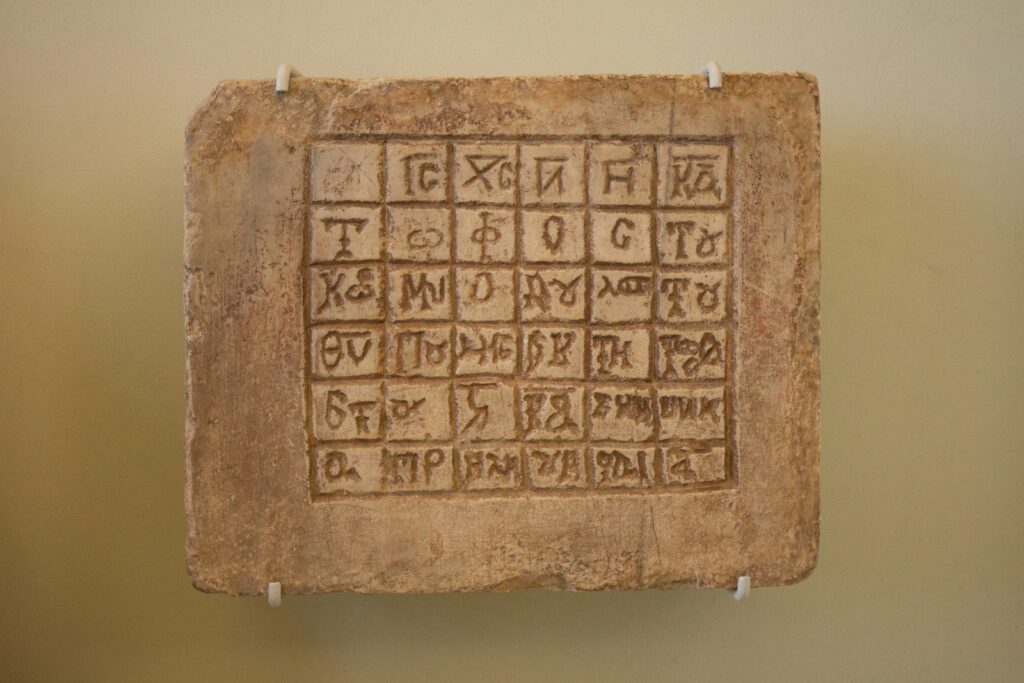
2. **From Ox Head to Alpha: The Incredible Journey of ‘A’s Ancestry** Now for a dose of history that’s truly ancient! Our letter ‘A’ didn’t just appear out of thin air. Its ‘earliest known ancestor’ is none other than ‘aleph’, the very first letter of the Phoenician alphabet. Back then, ‘aleph’ didn’t represent a vowel; instead, it stood for ‘a glottal stop [ʔ]’, largely because ‘Phoenician only used consonantal letters’. Talk about a historical plot twist!
But the story goes even further back. The ‘ancestor of aleph’ itself ‘may have been a pictogram of an ox head in proto-Sinaitic script’. Imagine that – a simple drawing of an animal’s head, ‘styled as a triangular head with two horns extended’, eventually evolving into the letter we use today. This is where the letter ‘A’ really started to take shape, influenced by ‘Egyptian hieroglyphs’ and embodying a visual link to the natural world.
When the ‘ancient Greeks adopted the alphabet’, they made a pivotal change. They had ‘no use for a letter representing a glottal stop’ in their language. So, in a stroke of linguistic genius, they ‘adapted the sign to represent the vowel /a/’, giving it a new phonetic life. They also gave it a familiar name: ‘alpha’, a sound strikingly similar to its Phoenician predecessor. This transformation was crucial in ‘A”s journey to becoming a vowel.
Early Greek inscriptions from ‘the 8th century BC following the Greek Dark Ages’ show ‘the letter rests upon its side’. How wild is that? But don’t worry, by the time of ‘the later Greek alphabet’, it generally started to ‘resemble the modern capital form’. However, it’s worth noting that ‘many local varieties can be distinguished by the shortening of one leg, or by the angle at which the cross line is set’, showcasing the dynamic nature of early script development.

3. **Shaping History: How ‘A’ Evolved from Roman Stone to Modern Scripts** Our journey continues from ancient Greece to the heart of the Italian Peninsula, where the ‘Etruscans brought the Greek alphabet’. When they adopted it, they wisely ‘left the form of alpha unchanged’. This was a crucial step in the letter’s migration, ensuring its recognizable shape would persist through the ages and eventually influence one of the most powerful empires in history.
And what an influence it was! When ‘the Romans adopted the Etruscan alphabet to write Latin’, that’s when our letter ‘A’ truly cemented its widespread future. The resulting form, ‘used in the Latin script’, would become the blueprint for writing ‘many other languages, including English’. So, every time you type an ‘A’, you’re tapping into a legacy that stretches back through Roman legions and ancient scribes.
During the expansive ‘Roman times’, the letter ‘A’ was a bit of a shape-shifter, appearing in ‘many variant forms’. There was the grand ‘monumental or lapidary style’, reserved for ‘inscribing on stone or other more permanent media’ – think impressive carvings and enduring declarations. This was the ‘A’ built to last!
But for everyday hustle, there was also ‘a cursive style’, perfect ‘for utilitarian writing’ on ‘more perishable surfaces’. While fewer examples survive due to their delicate nature, we still have fascinating glimpses of ‘majuscule cursive, minuscule cursive, and semi-cursive minuscule’. And if you thought that was it, ‘variants also existed that were intermediate between the monumental and cursive styles’, including the ‘early semi-uncial (c. 3rd century), the uncial (c. 4th–8th centuries), and the late semi-uncial (c. 6th–8th centuries)’. The ‘A’ was truly a busy letter!
Read more about: Echoes of Antiquity: A National Geographic Journey Through the Foundations of Civilization

4. **A Tale of Two ‘a’s: The Double-Storey and Single-Storey Saga** As the Roman Empire drew to a close in the 5th century AD, the letter ‘A’ was undergoing another fascinating transformation. Across Western Europe, ‘several variants of the cursive minuscule developed’. We’re talking about a real regional explosion of ‘a’s! These included the ‘semi-cursive minuscule of Italy’, the ‘Merovingian script in France’, the ‘Visigothic script in Spain’, and the distinct ‘Insular or Anglo-Irish semi-uncial or Anglo-Saxon majuscule of Great Britain’. Each style added its own flair to the letter’s evolving form.
Then, around the ninth century, a true game-changer emerged: ‘the Caroline script’. This script was a masterclass in combining prior forms, resulting in a version that was ‘very similar to the present-day form’. It quickly became ‘the principal form used in book-making’, setting a new standard for legibility and elegance long ‘before the advent of the printing press’. The Caroline script essentially gave us the ‘a’ that we still recognize and love today.
Fast forward to ’15th-century Italy’, and that’s when the two main variants we still see today truly ‘saw the formation’ of their distinct identities. These celebrated ‘Italic and Roman forms’ both owe their existence to the earlier ‘Caroline Script version’. It’s like seeing the family tree of our beloved ‘a’ right before our eyes, with clear lines of descent from this influential medieval script.
So, what are these two iconic forms? There’s ‘the Italic form ⟨ɑ⟩, also called script a’. This one is ‘often used in handwriting’ and is recognizable as ‘a circle with a vertical stroke on its right’. Its journey is particularly intriguing, as ‘in the hands of medieval Irish and English writers, this form gradually developed from a 5th-century form resembling the Greek letter tau ⟨τ⟩’. Then there’s ‘the Roman form ⟨a⟩’, which is the one you’ll find ‘in most printed material’, characterized by ‘a small loop with an arc over it’. Graphic designers even have cool names for them: ‘single-decker a’ and ‘double decker a’, respectively. Both, by the way, derive from the original ‘majuscule form ⟨A⟩’.
It’s worth noting that Italic type isn’t just for fancy handwriting. It’s ‘commonly used to mark emphasis or more generally to distinguish one part of a text from the rest set in Roman type’. And in some specialized contexts, like ‘the International Phonetic Alphabet’, ‘script a ⟨ɑ⟩, also called Latin alpha, is used in contrast with Latin ⟨a⟩’, showing how specific variations serve distinct linguistic purposes.
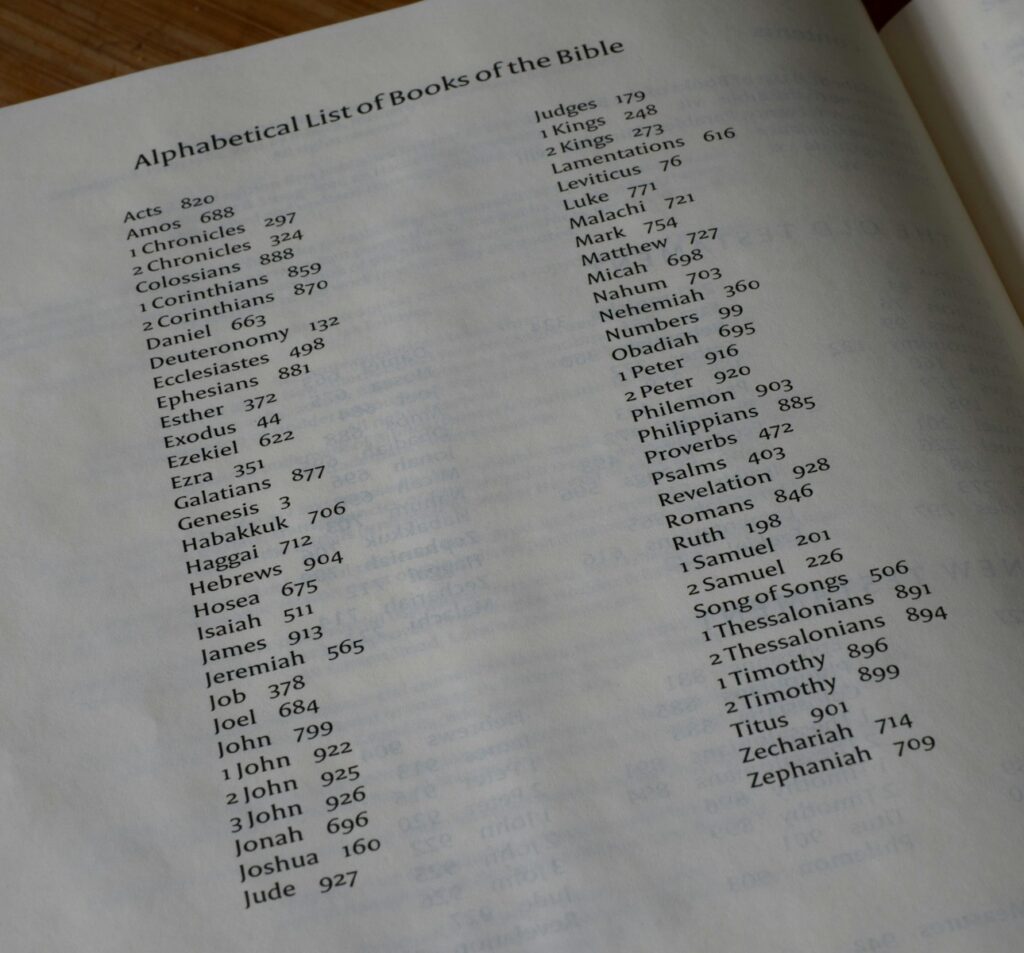
5. **Sound Check! Decoding ‘A’s Diverse Pronunciations Across the Globe** Alright, let’s talk about how ‘A’ *sounds*! While we in English pronounce the name of the letter as ‘AY’, things get wonderfully varied once you step outside our linguistic borders. In ‘most other languages that use the Latin alphabet’, the letter ⟨a⟩ typically ‘denotes an open unrounded vowel’, which can sound like /a/, /ä/, or /ɑ/. It’s a consistent, clear sound that many language learners wish English had for its vowels!
But because every rule has an exception, let’s highlight the curious case of Saanich. In this language, the letter ⟨a⟩ – and its accented counterpart ⟨Á⟩ – takes on a completely different role, standing for ‘a close-mid front unrounded vowel /e/’. This just goes to show how diverse the phonetic interpretations of a single letter can be across the vast tapestry of human languages. It’s a true linguistic curveball!
The context also provides a fascinating glimpse into the ‘Cross-linguistic variation of ⟨a⟩ pronunciation’, showcasing just how many different phonetic interpretations this single letter can have. We see variations like /a/ in Chuvash, Croatian, French, German, and Spanish, to /aː/ in Dutch and German, and even /ä/ in Catalan and Czech. It truly is a chameleon of sound, adapting to the phonetic needs of each language it graces.
For those diving deep into phonetics, the International Phonetic Alphabet (IPA) gives ‘A’ even more precise roles. In the IPA, ⟨a⟩ is specifically ‘used for the open front unrounded vowel’. But wait, there’s more! The IPA also uses ⟨ä⟩ ‘for the open central unrounded vowel’, and ⟨ɑ⟩ ‘for the open back unrounded vowel’. This granular distinction highlights the subtle yet crucial differences in how ‘A’-like sounds are produced, offering a window into the intricacies of speech.
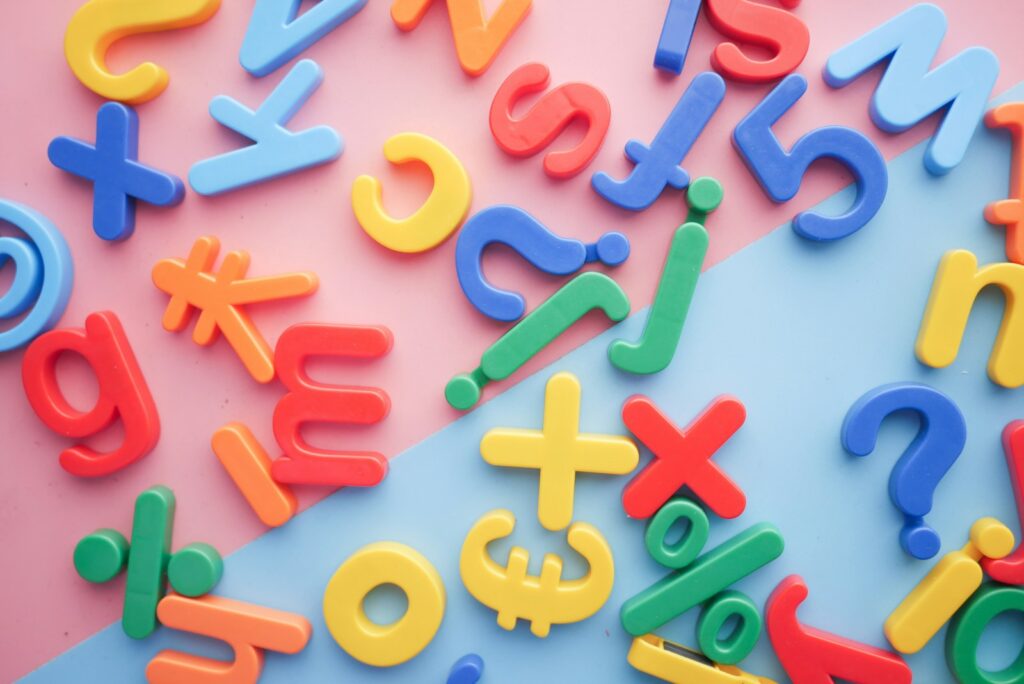
6. **The English ‘A’ Anomaly: Seven Sounds and Counting!** If you thought ‘A’ was a chameleon across languages, prepare yourself for its wild ride within English alone! In ‘modern English orthography’, our beloved letter ⟨a⟩ isn’t just one sound; it astonishingly ‘represents at least seven different vowel sounds’! And that’s just using ‘the vowels of Received Pronunciation’, without even factoring in the nuances of ‘⟨r⟩ ignored and mergers in General American’. It’s a lot to unpack for one little letter!
Let’s break down some of these superstar sounds. You’ve got the ‘near-open front unrounded vowel /æ/’ as in ‘pad’. Then there’s the ‘open back unrounded vowel /ɑː/’ as in ‘father’, which, fun fact, is ‘closer to its original Latin and Greek sound’. For those across the pond, or in certain American dialects, you also get ‘the open back rounded vowel /ɒ/’ in words like ‘was’ and ‘what’. And don’t forget ‘the open-mid back rounded vowel /ɔː/’ that pops up in ‘water’.
But wait, there are even more! The letter ‘A’ can also be part of ‘the diphthong /eɪ/’ as heard in ‘ace and major’. This particular sound usually happens ‘when ⟨a⟩ is followed by one, or occasionally two, consonants and then another vowel letter’. This phenomenon, by the way, is a historical relic, resulting ‘from Middle English lengthening followed by the Great Vowel Shift’. So, a lot of history packed into one sound!
And finally, for many ‘unstressed syllables’, ‘A’ often transforms into ‘a schwa /ə/’, the soft, neutral vowel sound found in words like ‘about, comma, solar’. This unassuming sound is incredibly common and yet another facet of ‘A”s incredible versatility. It truly makes ‘A’ the most versatile vowel in the English language, constantly adapting to its phonetic surroundings.
You won’t typically find a ‘double ⟨aa⟩ sequence’ in native English words, but it does make an appearance in ‘some words derived from foreign languages such as Aaron and aardvark’. And while ‘A’ itself is a powerhouse, it’s also a team player, occurring in ‘many common digraphs’, each with its own unique sound. Think about combinations like ‘⟨ai⟩, ⟨au⟩, ⟨aw⟩, ⟨ay⟩, ⟨ea⟩ and ⟨oa⟩’ – all playing a part in English pronunciation.
You’ve just journeyed through the incredible origins and phonetic maze of the letter ‘A’, from its ancient ox-head roots to its many voices in English. But believe it or not, our alphabetical superstar has even more tricks up its sleeve! Beyond its foundational role in writing and speaking, ‘A’ leaps off the page to become a powerful symbol, a digital workhorse, and a linguistic titan with a sprawling family tree. Get ready to explore the truly expansive world of ‘A’, where its influence extends far beyond mere phonetics and into our culture, technology, and global communication in ways you might never have imagined!
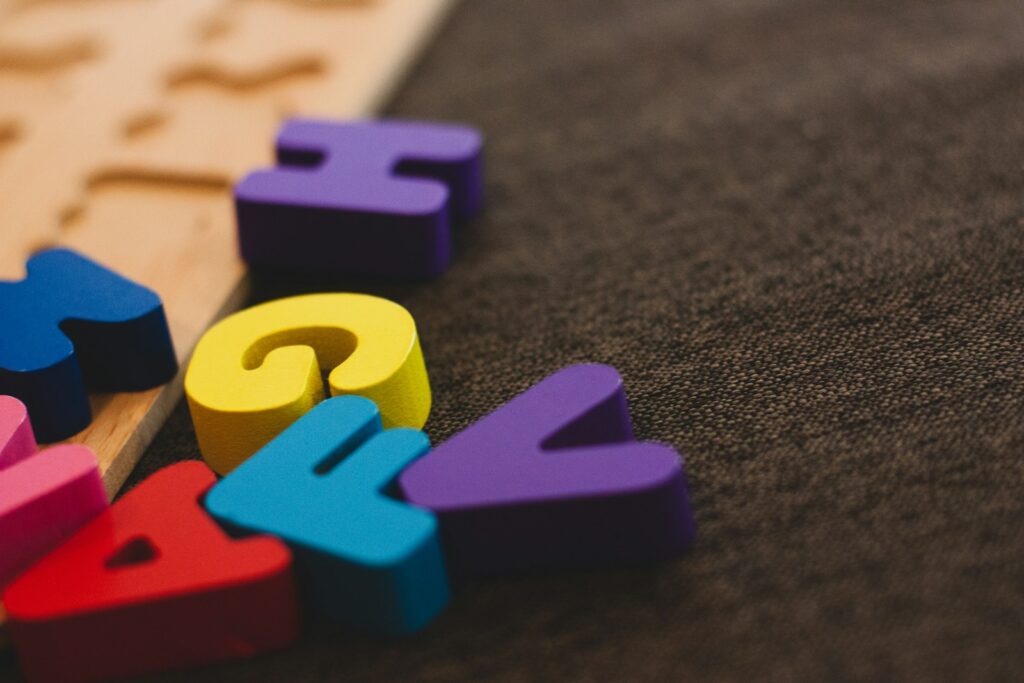
7. **Beyond Words: ‘A’ as a Symbol of Value, Size, and Mathematics** The letter ‘A’ isn’t just a character we read or write; it’s a powerful symbol that permeates our lives, often signaling quality, status, and excellence. Think about it: an A+, A, or A- is the best grade you can get in school, and restaurants proudly display an “A grade” to assure diners of their cleanliness. This association with being top-tier is so strong that studies have even shown exposure to the letter ‘A’ can improve performance, highlighting its subtle yet significant motivating effect.
Its symbolic reach extends into the glamorous world of pop culture too, giving us the term “A-list celebrities” – the very best in the entertainment business. Similarly, in the specialized world of maritime insurance, “A1 at Lloyd’s” denotes the highest rating for shipping, again cementing ‘A”s role as a benchmark for premium status. Clearly, if you want to be recognized as the best, you want to be an ‘A’!
Beyond prestige, ‘A’ also helps us categorize practical things, especially when it comes to size. It’s often used to denote specific dimensions, such as a narrow size shoe. And for those in the know, a small cup size in a brassiere is typically an ‘A’ cup. From footwear to fashion, ‘A’ offers a quick, recognizable indicator for specific measurements, showcasing its surprising versatility in everyday contexts.
But ‘A”s symbolic journey also takes us into the abstract realms of mathematics and computing. In base-16 notation, also known as hexadecimal, the letter ‘A’ proudly serves as the conventional numeral corresponding to the number 10. For algebra enthusiasts, ‘A’ is frequently employed to denote a “known” variable, a convention ingeniously introduced by René Descartes in 1637, where ‘a’, ‘b’, and ‘c’ represented knowns, while ‘x’, ‘y’, and ‘z’ stood for the ever-elusive unknowns.
And in geometry, this adaptable letter helps us conceptualize shapes and angles with ease. A capital ‘A’ typically marks an angle within a triangle, while its lowercase counterpart, ‘a’, conveniently represents the side directly opposite that angle. So, whether you’re a student striving for academic excellence, a mathematician delving into complex equations, or simply measuring a physical object, ‘A’ is consistently there, enriching our understanding of the world in myriad ways!
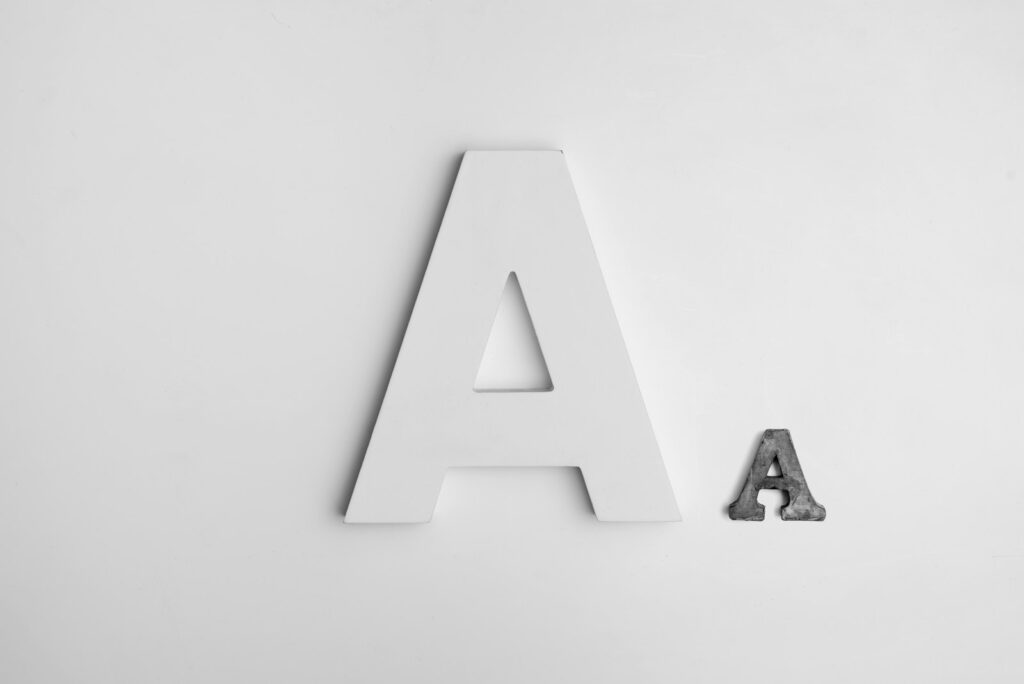
8. **The ‘A’ Family Album: Diacritics, Ligatures, and Phonetic Relatives** Just like any proud family, ‘A’ has a sprawling lineage filled with unique variations, each with its own special flair! In the Latin alphabet alone, we encounter fascinating relatives like the ligature ⟨Æ æ⟩, a clever combination of ‘A’ and ‘E’ that was originally a staple in Latin. It’s a subtle nod to how letters can team up to create new visual and phonetic expressions.
The ‘A’ family also boasts an impressive array of diacritics – those tiny marks that elegantly change a letter’s sound or meaning. Think of the crisp German Ä ä (umlaut), the rhythmic Spanish Á á (acute), or the elegant French  â (circumflex) and À à (grave). Then there are even more unique relatives like Å å (ring), Ă ă (breve), and Ą ą (ogonek), each adding a rich layer to the letter’s global identity and pronunciation. It’s truly a linguistic passport stamped with countless adventures!
Diving deeper into the world of sound, the International Phonetic Alphabet (IPA) introduces us to ‘A”s highly specialized phonetic siblings. For instance, ⟨Ɑ ɑ⟩, known as Latin alpha, precisely denotes an open back unrounded vowel. Then there’s ⟨Ɐ ɐ⟩, or Turned A, representing a near-open central vowel, and even ⟨Λ ʌ⟩, or Turned V, which stands for an open-mid back unrounded vowel. These unique glyphs allow linguists to capture the intricate nuances of speech, demonstrating ‘A”s remarkable adaptability across various phonetic systems.
The family album continues with even more specialized phonetic relatives. There’s ⟨Ɒ ɒ⟩, also known as Turned alpha or script A, which represents an open back rounded vowel in the IPA. And let’s not forget ⟨ᴀ⟩, the Small capital A, which, though now an obsolete or non-standard symbol in the main IPA, was historically used to represent various open vowel sounds. These characters highlight ‘A”s profound role as a fundamental building block in phonetic transcription, allowing for incredible precision in capturing the diverse sounds of human language.

9. **The Digital ‘A’ and Beyond: Its Presence in Code, Signals, and Braille** In our increasingly digital world, the letter ‘A’ is far from being a dusty relic; it’s a fundamental player, quietly powering much of our modern technology! When it comes to computing, both the capital ‘A’ and lowercase ‘a’ have distinct identities, each assigned a unique Unicode encoding: U+0041 for ‘A’ and U+0061 for ‘a’. These are the very same code points used in foundational standards like ASCII and ISO 8859, making ‘A’ a universal citizen of the digital realm.
Unicode goes even further, providing a treasure trove of precomposed character encodings for ‘A’ with all those fascinating diacritics we just explored. This means that whether you’re typing in French, German, or Polish, your ‘A’ will appear correctly without complex key combinations. Plus, specialized variant forms of ‘A’ have their own unique code points, catering to specific needs in mathematics, scientific notation, linguistics, and even legacy CJK font compatibility. It’s like ‘A’ has a whole wardrobe of digital outfits for every occasion!
You might also notice that other alphabets have letters that look just like our Latin ‘A’, but they’re distinct! For instance, the Cyrillic ‘A’ (А) and the Greek ‘Alpha’ (Α) might be homoglyphs – looking identical – but they have completely separate Unicode encodings (U+0410 and U+0391 respectively). This meticulous digital cataloging ensures clarity and consistency across all writing systems, preventing any confusion between our ‘A’ and its lookalikes in other scripts.
But ‘A”s digital journey doesn’t stop at computer screens; it extends into various communication systems that shape our world. In the NATO phonetic alphabet, ‘A’ proudly stands for “Alpha,” ensuring clear radio communication even amidst static. In Morse code, it’s represented by a simple “dot-dash” (·–), a signal recognized globally. And in visual communication, ‘A’ has its own signal flag and a distinct hand shape in flag semaphore, demonstrating its role in nautical and other forms of distant messaging.
The letter ‘A’ is also a cornerstone of accessibility. In the American Manual Alphabet (ASL fingerspelling) and the British Manual Alphabet (BSL fingerspelling), ‘A’ has a specific hand shape, allowing deaf and hard-of-hearing individuals to communicate through sign. Furthermore, for those with visual impairments, ‘A’ is represented in Braille by a single raised dot (dots-1), making it one of the simplest and most fundamental characters to read by touch. From the smallest digital byte to the most inclusive communication methods, ‘A’ truly embodies ubiquitous presence!
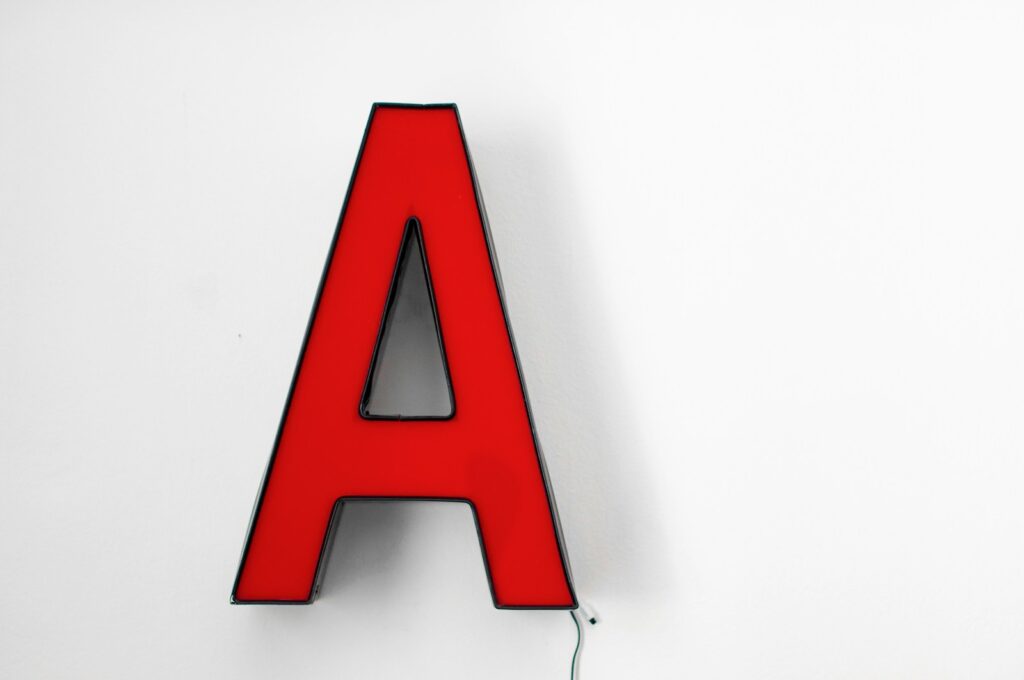
10. **Global Reach: How ‘A’ Dominates in Language Frequency** If letters were celebrities, ‘A’ would be an absolute superstar, topping the charts in many languages around the world! It’s not just the first letter of the alphabet; it’s one of the most frequently used, proving its indispensable role in constructing words and sentences across diverse linguistic landscapes. This high-frequency usage is a testament to its fundamental phonetic properties and its remarkable adaptability.
Let’s look at some impressive statistics that highlight ‘A”s global dominance. In English, it holds the prestigious position of being the third-most-commonly used letter, right after the ever-present ‘e’ and ‘t’. You’ll find ‘A’ making up approximately 8.2% of all letters in English texts. That’s a significant slice of our linguistic pie!
‘A”s popularity isn’t limited to the English-speaking world. Over in France, it also ranks as the third most common letter, accounting for around 7.6% of French text. This consistency across different Romance and Germanic languages underscores its universal appeal and utility. It’s clear that ‘A’ is a truly versatile and hardworking letter, no matter the tongue!
Even more impressively, ‘A’ climbs even higher on the frequency charts in other major languages. In Spanish, it’s the second most common letter, a testament to its prevalence in the phonetic structure of the language. But the absolute champion of ‘A’ usage might just be Portuguese, where it proudly stands as the *most common* letter, comprising a whopping 14.6% of letters in Portuguese texts! This unparalleled frequency firmly cements ‘A”s status as a true linguistic titan on the global stage.

11. **Family Ties: Unpacking ‘A’s Ancestor and Sibling Letters** We’ve talked about ‘A”s ancient origins, but let’s gather the whole family! Our modern Latin ‘A’ is part of an incredibly rich historical tapestry, tracing its lineage directly back to the Phoenician aleph ⟨ 𐤀 ⟩. This venerable ancestor set the stage for countless alphabets that followed, proving that some ideas are truly timeless and foundational to human communication.
From that powerful Phoenician root, the family tree branched out dramatically. The Greek letter alpha ⟨ Α α ⟩, a direct descendant of aleph, then became a major influencer itself. From alpha, we get the Cyrillic letter A ⟨ А а ⟩, a cornerstone of alphabets used across Eastern Europe and parts of Asia, and the Coptic letter alpha ⟨ Ⲁ ⲁ ⟩, used in the Coptic language. It’s fascinating to see how a single form can inspire such diverse linguistic offspring!
The journey back to our Latin ‘A’ also involves the Old Italic A ⟨𐌀⟩, which served as the direct ancestor to the modern Latin form we use every day. This lineage highlights a continuous chain of adaptation and innovation across different ancient cultures. Even the mysterious Runic letter ansuz ⟨ ᚨ ⟩ is believed to have derived from this Old Italic A, demonstrating ‘A”s wide-ranging impact on early European writing systems.
The ‘A’ family also includes other intriguing historical siblings like the Gothic letter aza ⟨ 𐌰 ⟩ and the Armenian letter ayb ⟨ Ա ա ⟩. These distinct characters, while unique in their respective alphabets, all share a common ancestral thread to the Phoenician aleph, showcasing a shared heritage that ties together vast swathes of written human history. It’s like a grand family reunion of letters, spanning millennia and continents!
Beyond its direct letter descendants, ‘A’ has also inspired a host of derived signs, symbols, and abbreviations that have become part of our everyday lives. Think of the handy ordinal indicator ⟨ ª ⟩, the scientific Ångström sign ⟨Å⟩, or the powerful ‘turned capital A’ ⟨∀⟩ used in predicate logic to signify “for all.” Even the ubiquitous “at sign” ⟨@⟩, the historical Argentine austral currency symbol ⟨₳⟩, and the iconic anarchy symbol ⟨Ⓐ⟩ all owe their existence, in some form, to our versatile letter ‘A’. It truly is a symbol that keeps on giving!
So there you have it! Our journey through the multifaceted life of ‘A’ has truly been an epic adventure, revealing a letter that is so much more than just the start of the alphabet. From its ancient pictorial origins and dramatic phonetic transformations to its unwavering presence in our digital age and its symbolic power, ‘A’ stands as a testament to the enduring ingenuity of human communication. It’s a grade, a measurement, a mathematical constant, a digital code, and a linguistic powerhouse all rolled into one. Next time you see an ‘A’, give it a little nod of appreciation – you’ll know you’re looking at a true unsung hero of language, always at the forefront, shaping our words, our thoughts, and our world!


